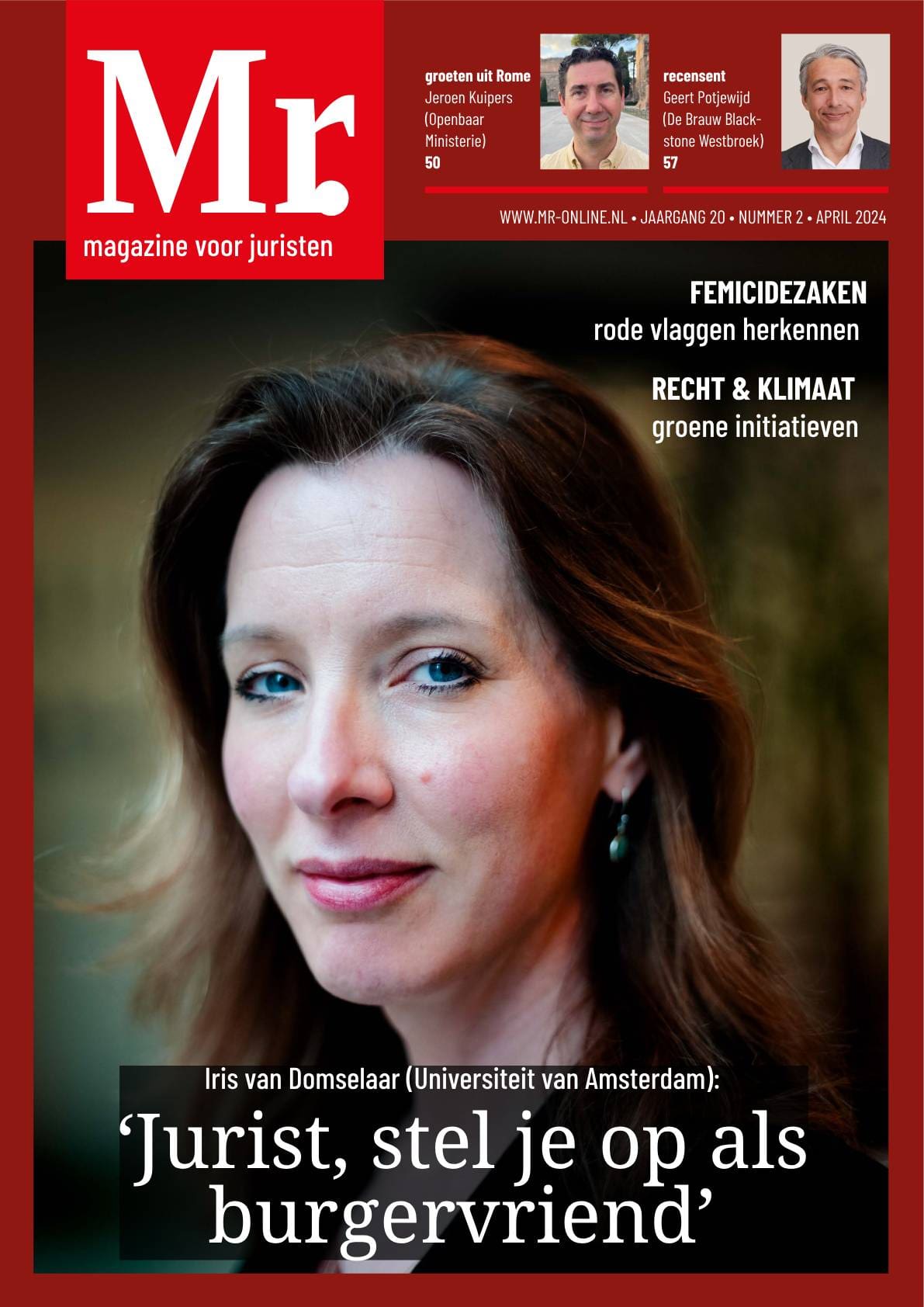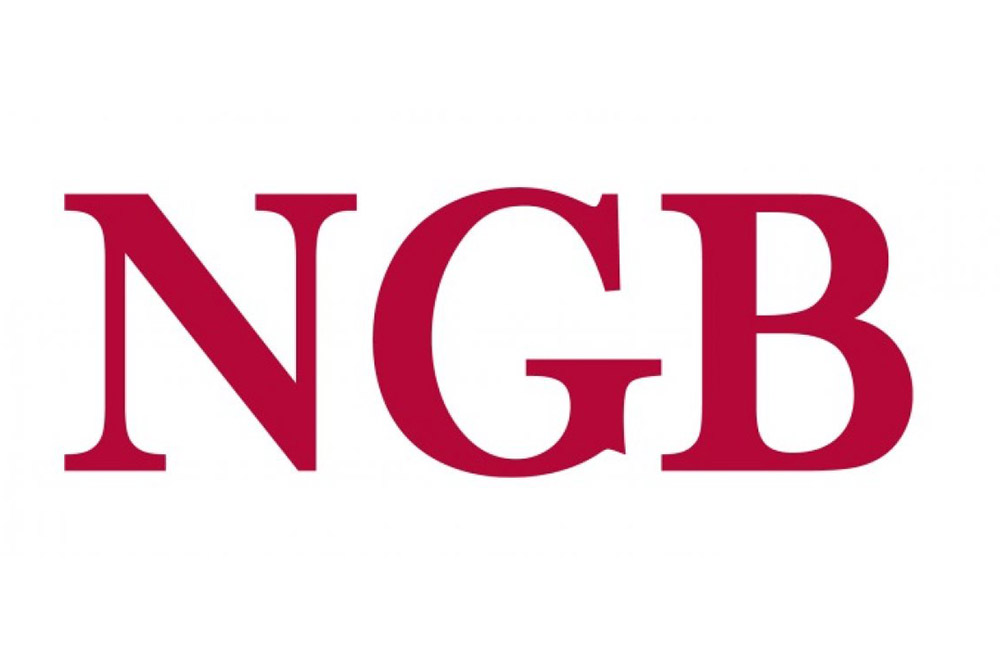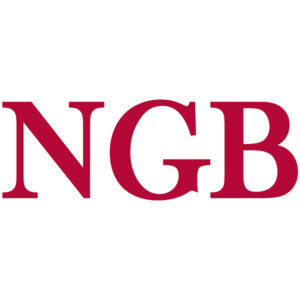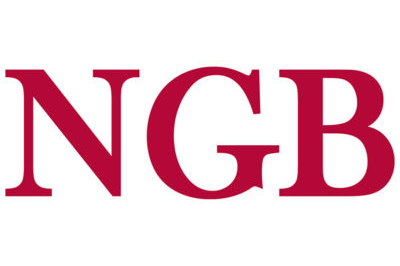The key question we would like to discuss and answer in the coming months is; how can IP become an accelerator of innovation for sustainability, instead of being a barrier? How could IP be used much more as a supportive tool for sustainable innovation? Instead of something which is experienced too often as an overly complex topic which is put in lengthy contracts drafted by specialized lawyers for specialized lawyers only. Why not make these Innovation & IP contracts much more of a business tool to be easily used and understood by the users? This could help to speed up sustainable innovation. We all feel the need to hurry up more and more since there is no planet B.
Sub questions to further explore together:
- How to stimulate sustainable innovation in your supply chain and change your industry? (case study Fair Phone)
- Which roles and strategies could be adopted by governments to stimulate sustainable innovation?
- How could ‘not-for-profits’ and ‘for-profit’ organizations cooperate and innovate sustainably and both create and capture value? How could IP contracts be drafted in a way that a short time to market of new technologies will be supported?
Would you like to take part in these discussions? Can’t wait to bring in your expert knowledge and experience in this field? Do you also want to bring some change for the good in this area? Please join our think tank and send us a short e-mail with your motivation, a short description of yourself, the value you can add and an example/illustration from your daily practice (or your dreams, frustrations, etc). We look forward to e-meet you soon!
NB: This blog was partly published earlier, on LinkedIn after a panel discussion on ‘Developing Sustainability through Intellectual Property’ at the IP World Summit October 2019 and in the SatSure Newsletter September – October 2020.
What about IP, while Innovating for sustainability?
Globally, there is a shift in attitude within organizations; from a short-term approach, driven predominantly by creating value for shareholders, to a long-term approach, driven by creating value for multiple stakeholders – shareholders being one of the many – taking into account the social and environmental impact.
Organizations manoeuvre themselves in a range of positions between a non-profit charity and a for-profit business. On the one hand, businesses need to adapt to the changing demands of the society that is calling for more responsible action from businesses. Commercial organizations are prioritizing the creation of a ‘shared value’ within or from their traditional ‘for-profit’ business, in multiple ways:
- Creating impact by fulfilling their Corporate Social Responsibilities (CSR) obligations
- Innovation for social impact within their core business itself
- Supporting social innovators with technology transfer or capacity building
- Taking up projects that aim to fulfil the UN Sustainable Development Goals (SDG’s), etc.
On the other hand, traditional non-profits, have to sustain themselves to continue the work they do for communities in the most relevant way.
Social and sustainable innovation is one of the answers to this challenge. It is increasingly practised to meet our current needs such as tackling climate change, responsible use of our resources and giving people equal and fair access to wealth, education, and labour.
Whether an organization is a traditional business (for-profit) or traditional charity (non-profit), or somewhat of a hybrid, they face similar challenges in creating value and capturing value.

What does this shift mean for an organization’s innovation approach and what’s the role of Intellectual Property (IP) in this transition? How does this impact a business model for a company or a sustenance model for a charity? What do organizations, who aim to find solutions through social innovation, choose; open or closed innovation strategies? Is it logical to also share IP in order to accelerate the diffusion of relevant IP? Or is the more classical approach still valid; guard and protect your IP closely as an ongoing boost for a business model?
The ultimate question is: what is the best way to use IP to realize the objectives of social innovation and environmental sustainability?
This article will highlight a few aspects that may influence such IP approach with some examples.

The Matrix above gives an overview of nine possible innovation & IP strategies. The x-axis of the Matrix represents how many parties you can work with: open versus closed innovation, so whether you innovate individually, with some parties, or with many parties. The y-axis represents the approach taken towards IP: whether the organization guards their IP, licenses it to some or instead reveals it to many. The four corners of the Matrix are the extremes with Classical R&D, Reveal to the Public, Open Source and Crowd Innovation. The cross or the mellow middle is dynamic in the sense that organizations can get creative in their approach to Innovation and IP. The most successful organizations often combine two or three strategies from the Matrix instead of just applying one strategy for one product or service, based on the needs and objectives of the organization.
One way to approach IP in social and environmental innovation is by asking the following three questions:
- Which IP is core for your organization in order to create social and environmental impact?
- Can you better guard or reveal your IP?
- Can diffuse your IP stimulate sustainability and/or the business model?
By raising these questions in the cases presented below, we can gain some insights into the strategy deployed:
G-STAR is an example to illustrate the relevance of the core/non-core question. This brand is known for designing, producing and selling jeans worldwide. One of their key social innovations is that they developed sustainable jeans (‘our most sustainable jeans ever’ as they say). G-Star decided to make the process to produce this most sustainable jeans open source. How does this work for their business model? They distinguish themselves on their core: branding and design. The sustainable production process of the jeans fabric as raw material is not considered as the core they want to compete with. Instead, they share their invention in order to enable their industry to produce and become more sustainable as a whole (this is a joint interest).
ColorADD developed a code colour identification system to help the colour blind. They developed a code for a colour identification system to help the colour blind. Their business model is based on two pillars: a pro bono licensing system (for free) for use of their code in the education field and sale of the code through license fees for all other markets. In this example, you see that ColorADD differentiates their strategy based upon the use of their product in a market. Is it their interest to diffuse their code as much as possible in the education channels, and through that have it known in other markets too? Is the social impact the highest in the field of education? And/or does the diffusion of their code via education boost their business model to make profits via license fees in other markets? The answers to these questions determine their strategy!
Tesla – global electric car manufacturer – is illustrative an organization diffusing their IP to create social impact while also boosting their business model. Tesla started developing their electric vehicle technology as classic R&D. After some time Elon Musk realized that the classical car manufacturers were his biggest competitor and that by revealing the IP to the public, knowledge would be shared amongst the electrical car manufacturers and the eco-system he wants to transform. The needed infrastructure would be scaled up in a shorter timeframe and cost could be shared amongst the parties in the upcoming electrical car industry.
These cases illustrate that IP can be diffused and at the same time be protected.
To conclude, if you are a business engaged in innovation with a social purpose and/or sustainability:
- First, assess which IP is core and non-core for your business. Only diffuse your core IP for free when it is a catalyst for your business model.
- If you are diffusing your core IP for free and it adds as a catalyst for social innovation only and not for your business model, then it could lead to the end of your companies’ life cycle.
- If you purely aim for social impact and you have your investors who are backing you in this ‘diffusion for free’ strategy of your core IP, it could still be the right thing to do.
Although the approach taken by social innovators with business ambitions can be largely different from that of non-profits, the same principles can be applied by replacing the term business model with the organization’s sustenance model.
On a scale of companies being 100% commercial versus organizations being 100% social, many organizations operate in the zone between these extremes. This diversity is creating multiple strategy options, based on also synergies created with others in their ecosystem, as a consequence of which new business, innovation, and IP distribution models emerge.
So, what is the best IP recipe?
There is no right or wrong answer. It’s all about creativity within your context. Start by asking the 3 key questions today to develop a clear and flexible strategy that can strike a balance between commercial and social interests. Make your own IP recipe that fits and serves your organization and goals!
Mirjam Ros & Deepika Jeyakodi are the authors of ‘The Innovation Matrix, three moves to design a winning strategy for Innovation & Intellectual Property’, BIS Publishers, Amsterdam, 2019.














